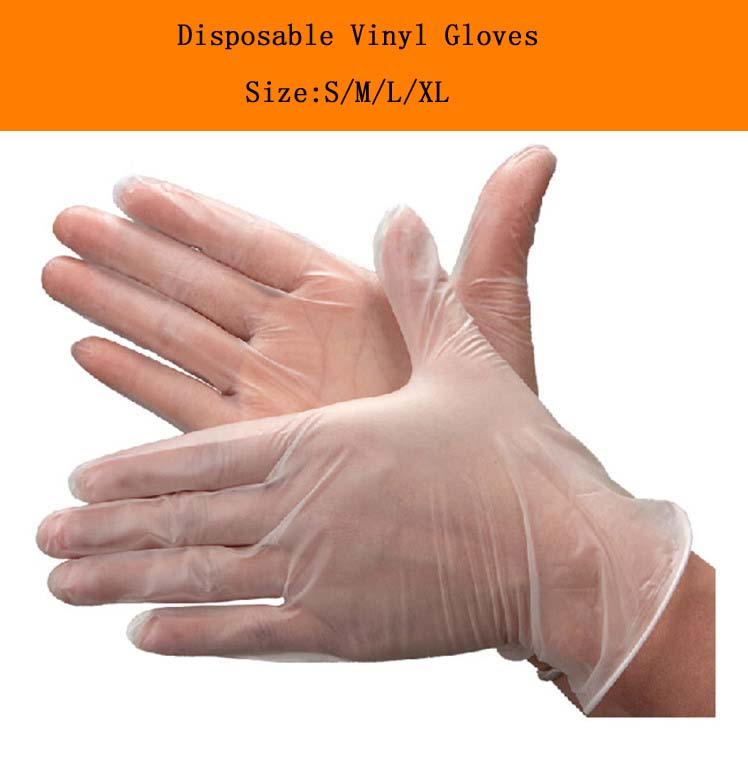Bakanae disease occurs in all major rice areas in China. Due to the promotion of pesticide soaking measures, the disease has been controlled. However, with the expansion of the planting area, some of the soaking measures adopted in the rice area are not proper, so that bastard disease is Some of the rice areas have worsened. First, the incidence conditions 1. Seed-bearing seeds: In general, the seed fields are not harvested and threshed in time. Due to the increased opportunities for colonization and infestation, such seeds are often more severe than those harvested and threshed in time. 2. Injuries to the seeds: During the threshing, due to the small gap between the threshing machines and the excessive number of rotations, there is a high probability of injury to the seeds. If the seeds are sown, the number of injured seeds is heavier than that of uninjured seeds. 3. Weak seedlings: Nursery beds are not watered timely, water shortages are caused by drought, cracks occur, and seedling roots are easily injured, or the roots are injured due to lack of water in the nursery bed when the seedlings are raised. These seedlings are transplanted with severe disease. 4. Incomplete soaking: Seeds with incompletely impregnated seeds are heavier than seeds that have been soaked. Second, control methods The disease is caused by the seed circulation-based disease, so the establishment of disease-free fields, the selection of disease-free seeds and seed treatment is the key to prevention and control. 1. Set up a disease-free farmland: For seedlings, disease-free seeds should be used and seeds should be disinfected. Keeping the fields and producing farms nearby, the pathogens or diseased plants should be removed in time to prevent spread. Leave fields to be harvested, singles and single storage. 2. Seed disinfection treatment: seed disinfection treatment is an effective measure to prevent and treat this disease. The commonly used pesticides and methods for seed disinfection include 125% scorcamine (emulsion) EC 25 ml, plus 0.15% natural alizarin 20 ml, plus 100 liters of water to mix, soak 100 kg of rice seeds, temperature 10-15 °C, soaking for 7-5 days; temperature 16-20°C, soaking for 4-3 days; temperature 20-25°C, soaking for 3-2 days, stirring 3 times a day, taking out direct germination; 225% making 100g EC 2000x Liquid soaking for 72 hours can also prevent bastard disease and rice blast disease. General soaking water level should exceed the seed 10 cm, stir every morning, middle and late. 3. Removing diseased plants: In combination with field operations, it was found that the diseased plants should be immediately rooted to prevent propagation. 4. Preventing the roots and seeds of rice plants from injury: Preventing wound formation is the key to reducing the invasion of pathogens. Such as nursery to prevent drought and drought, damage the roots of rice; before pulling out the first irrigation wet, to prevent damage to the roots of seedlings; threshing should pay attention to the gap between the threshing machine should not be too small, the speed should not be too fast, so as to avoid seed shell Injuries can reduce the condition.
1. Powder or powder free
11.Size: S,M,L,XL XXL
12.Vinyl,free DOP/DEHP
Vinyl Gloves,Disposable Vinyl Gloves,Medical Gloves,Examination Gloves Zibo Hongye Shangqin Medical Science and Technology Co.,Ltd. , https://www.vinylgloves.cn
2.CE, FDA ,NSF and ISO approval
3. AQL1.5/4.0,Medical grade and Industrial ,Food grade etc.
4.colour:Transparent or nature , blue, white ,yellow available colors
5. Tasteless, harmless, nontoxic, alkali-resistant, acid-resistant.
6. Suitable in the fields of Industrial electronic factory, medical examination,hotel, restaurant, food process, etc.
7.Free latex protein ,no skin innitation
8.Soft and comfortable.
9.Ambidextrous, single use only.
10.Beaded cuff.
